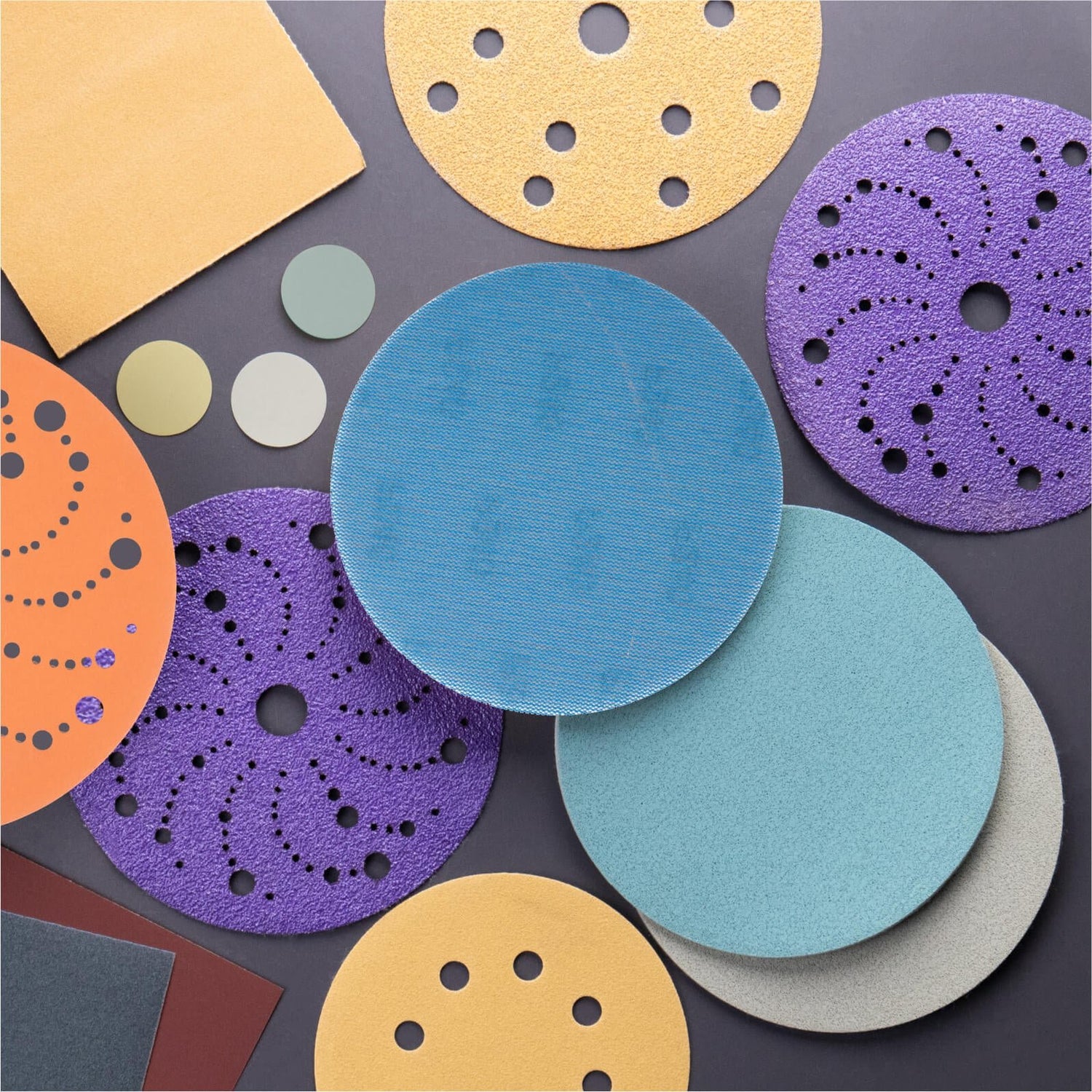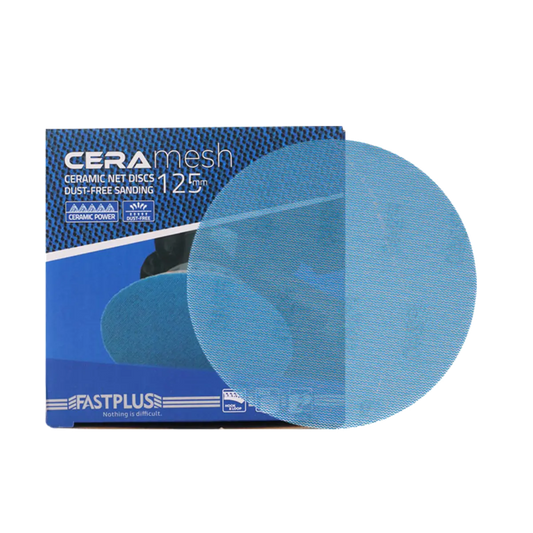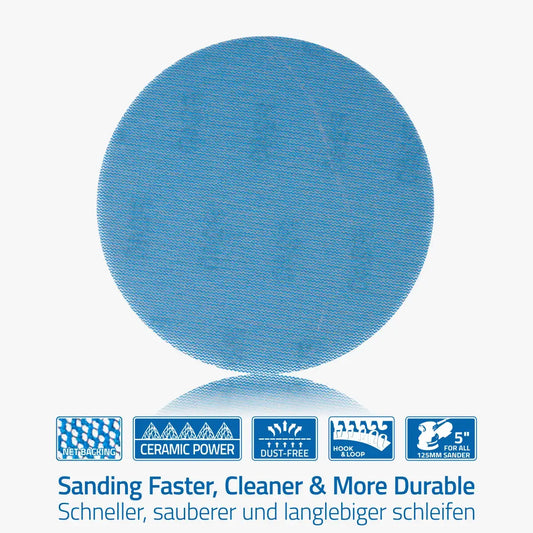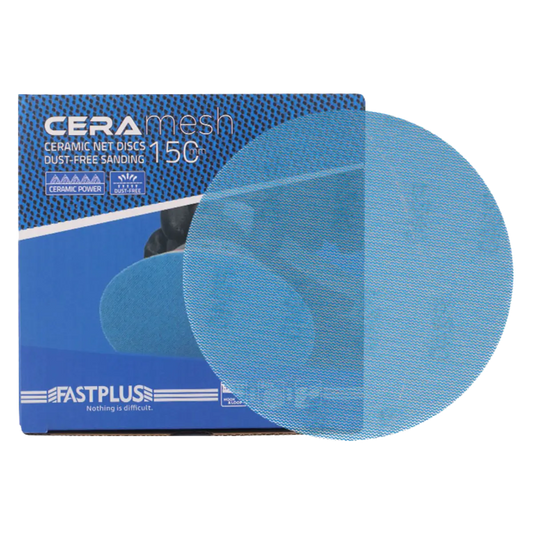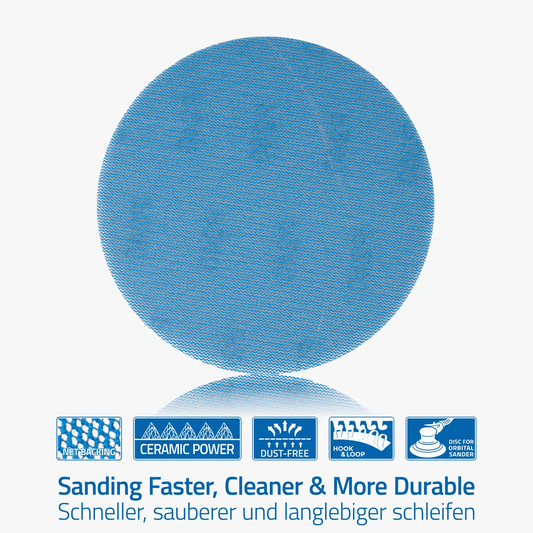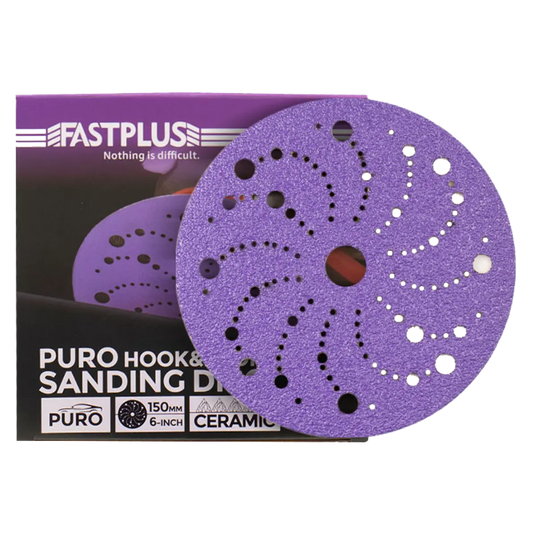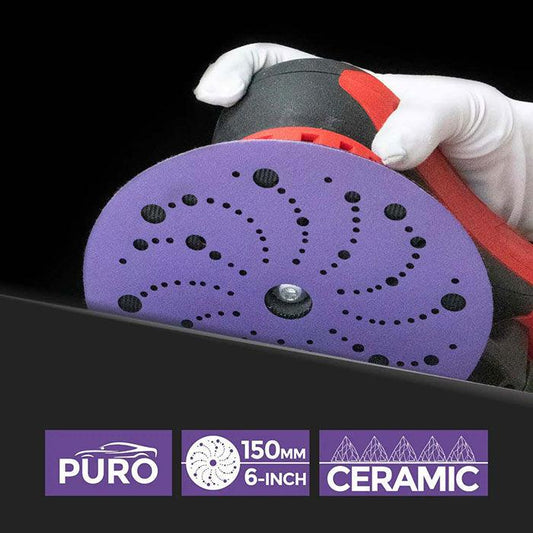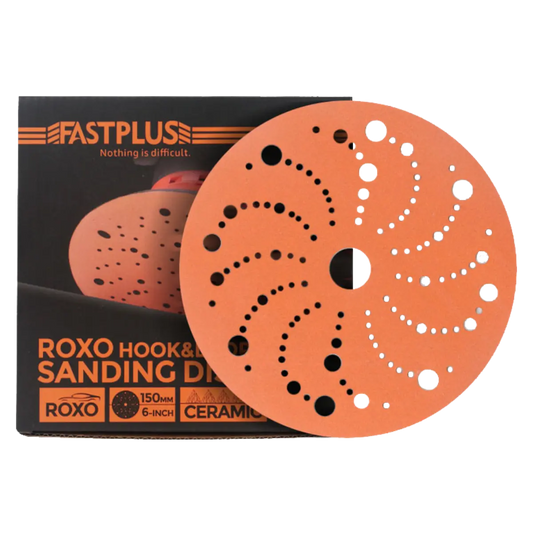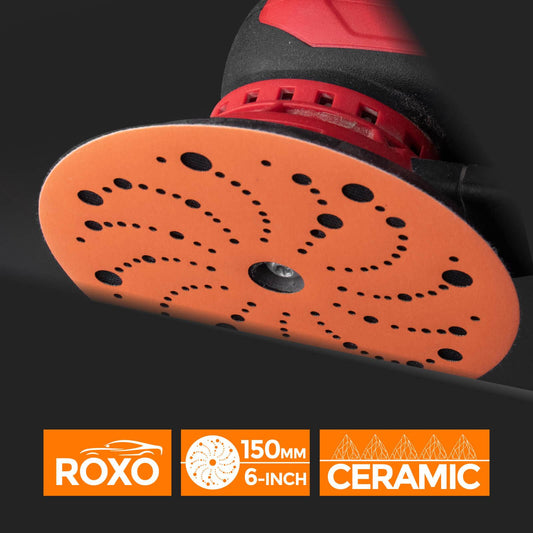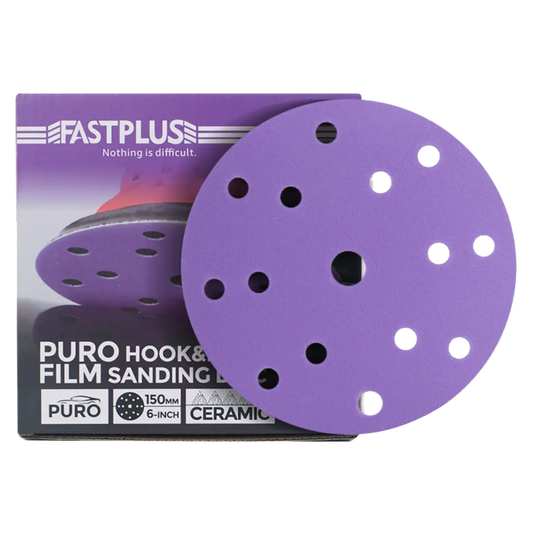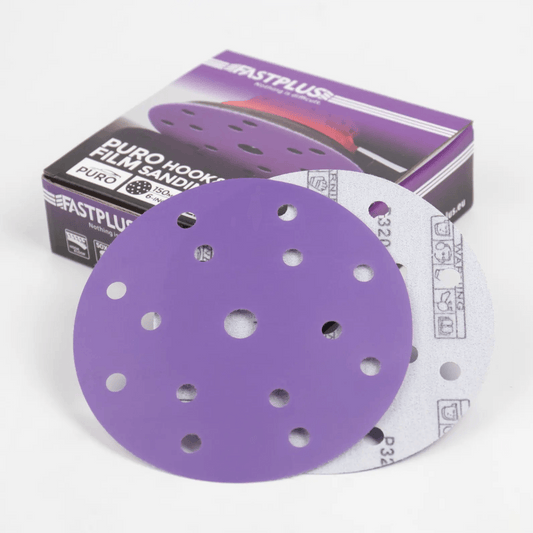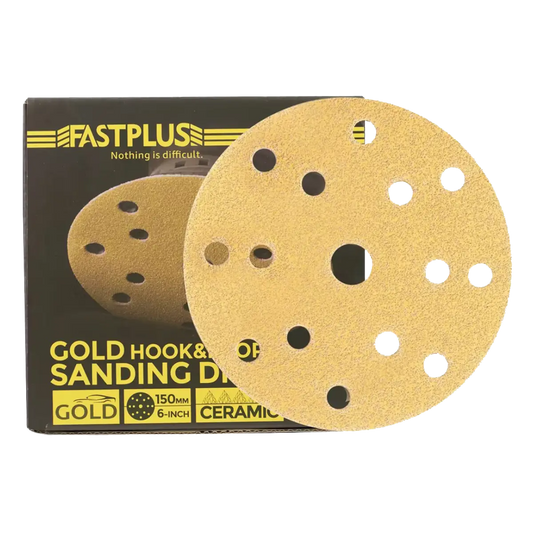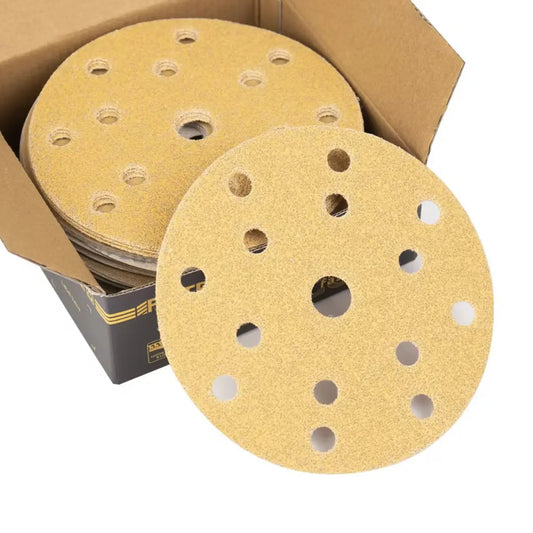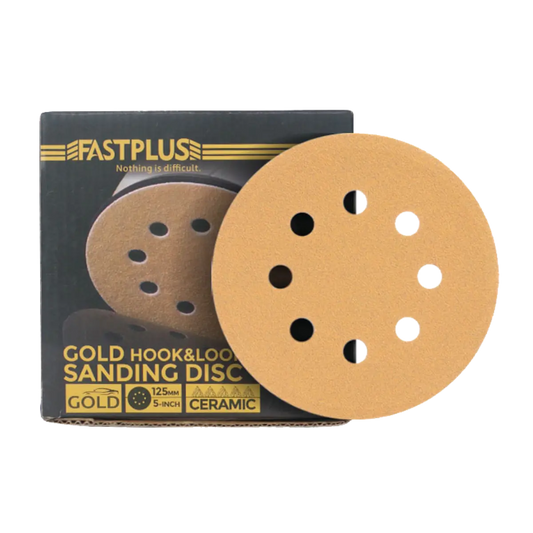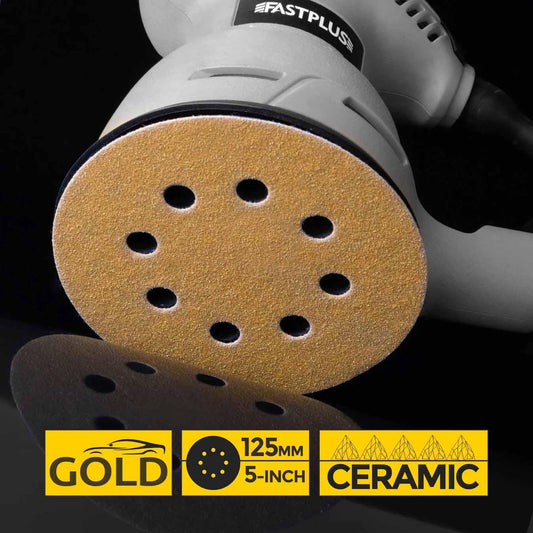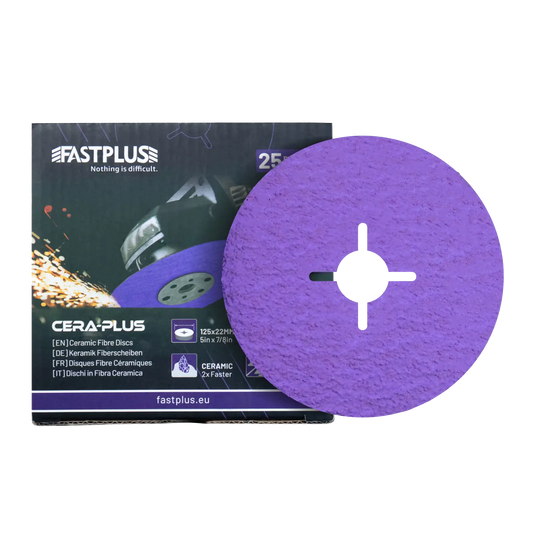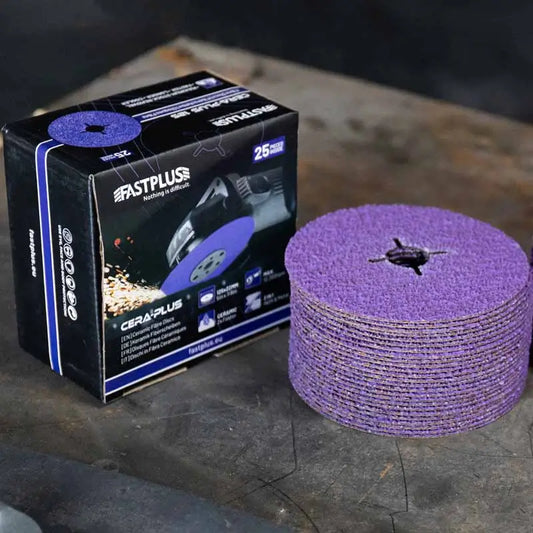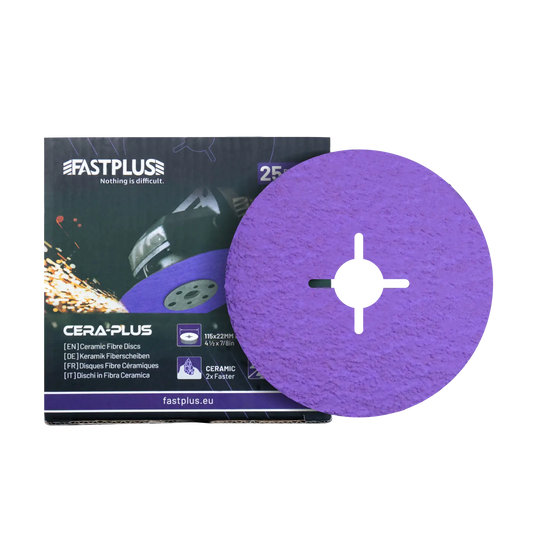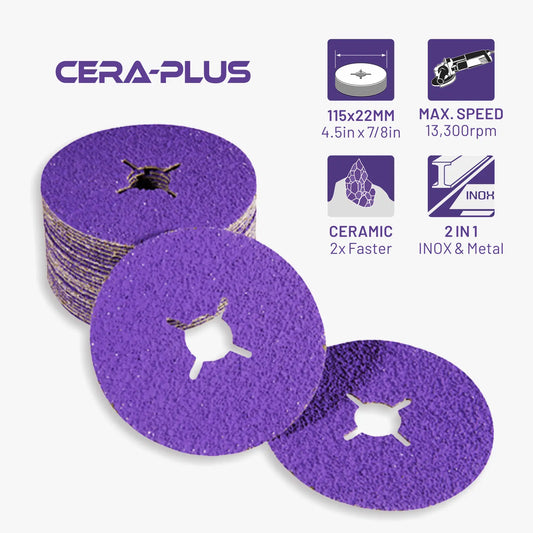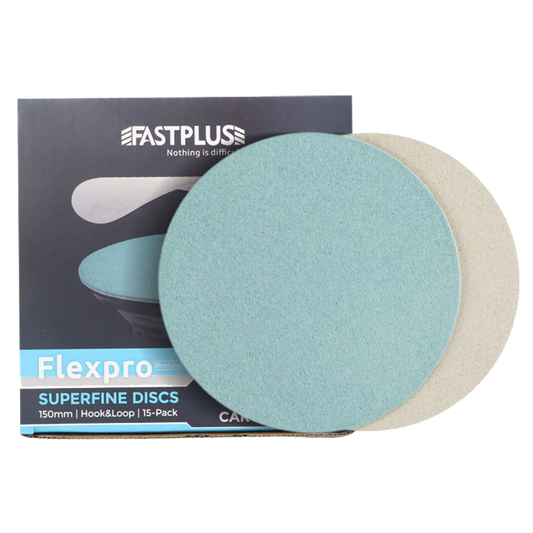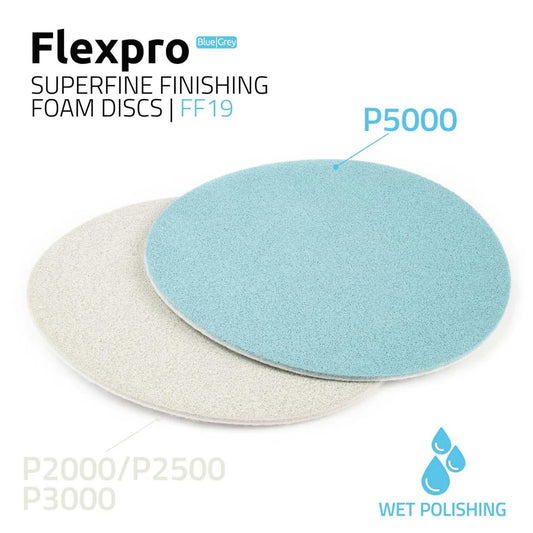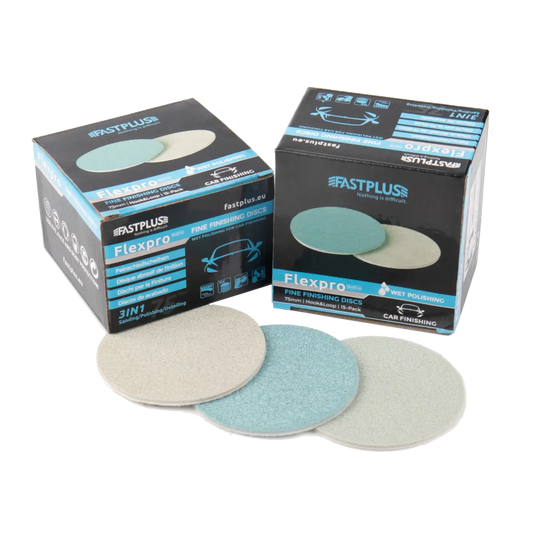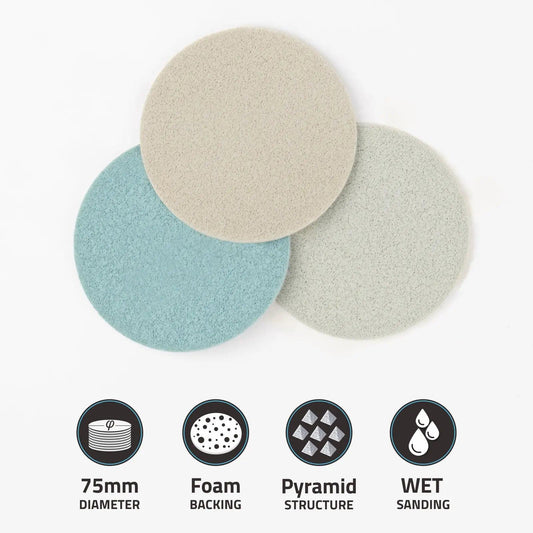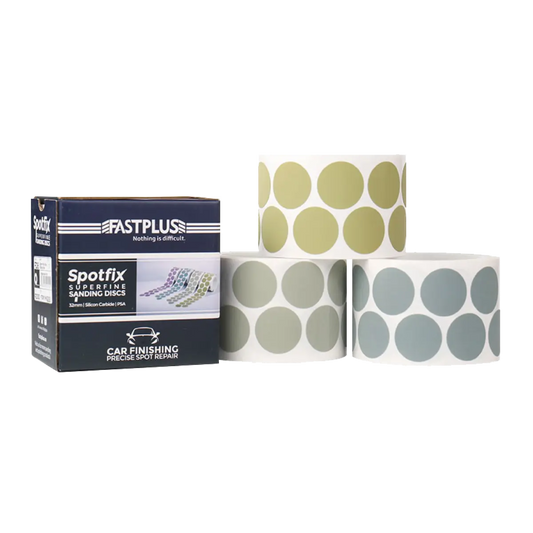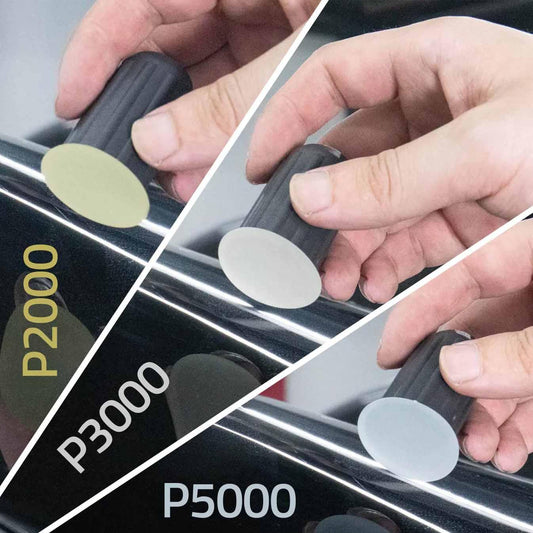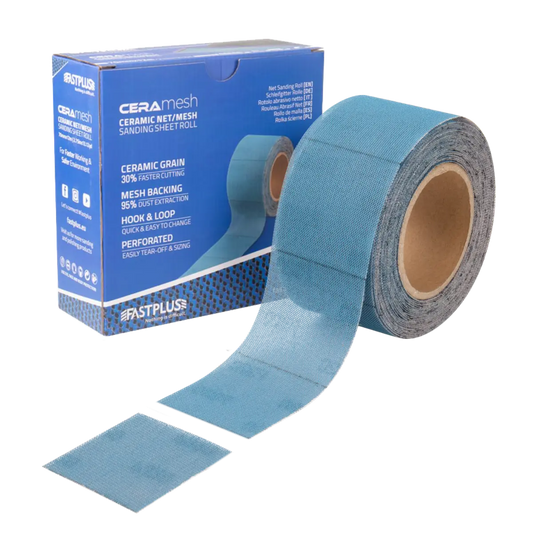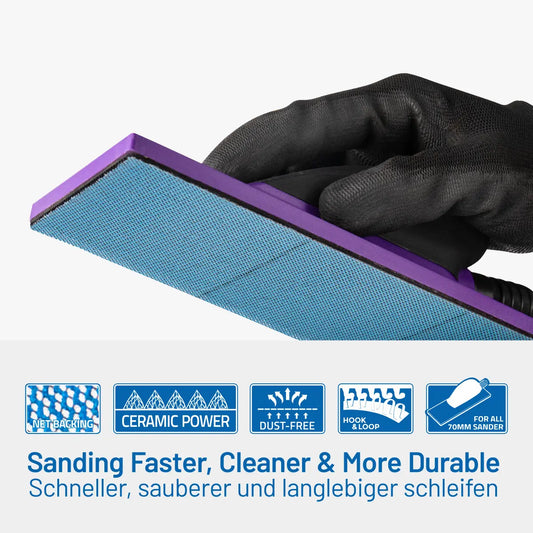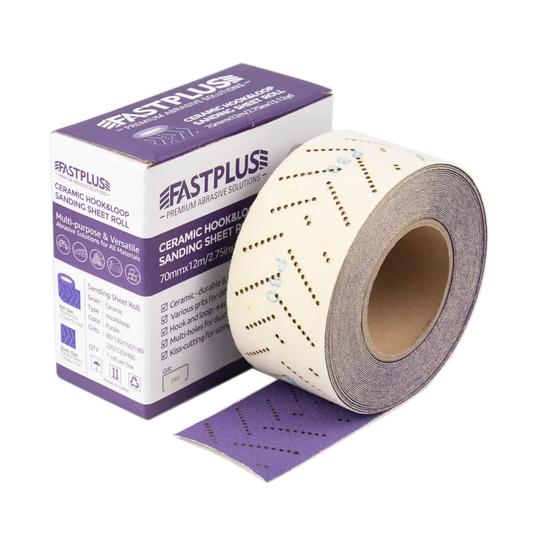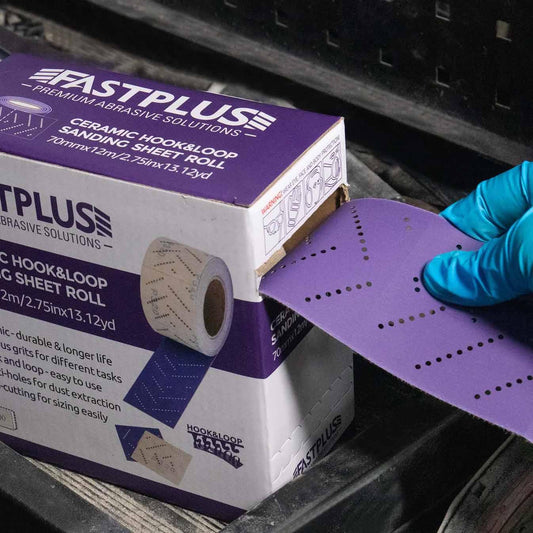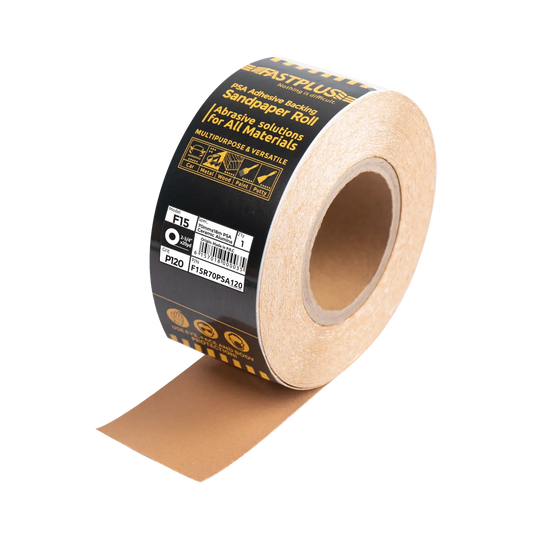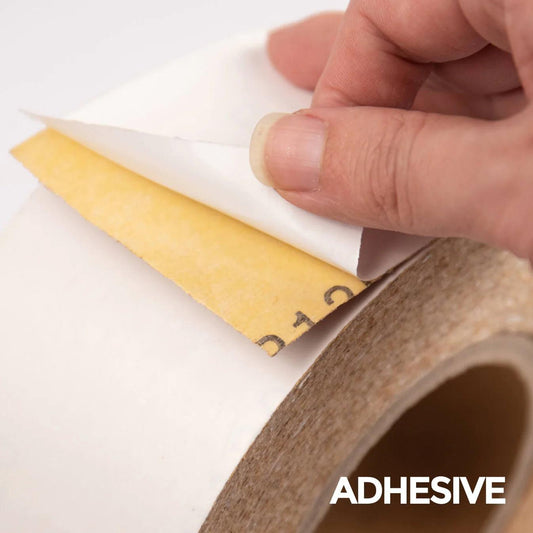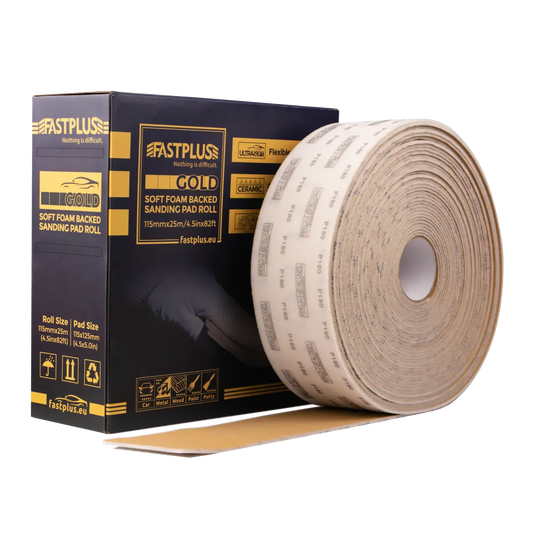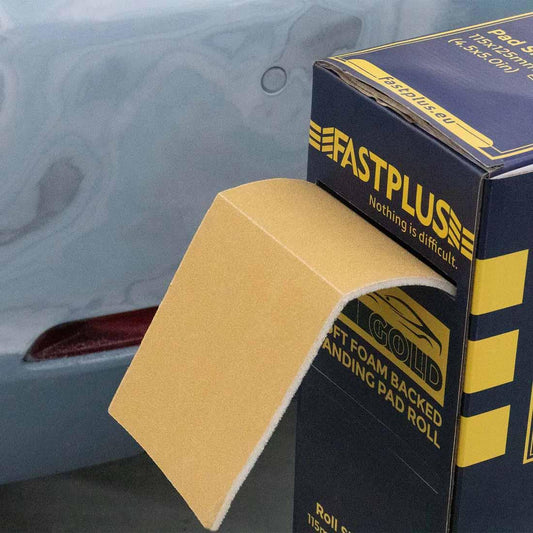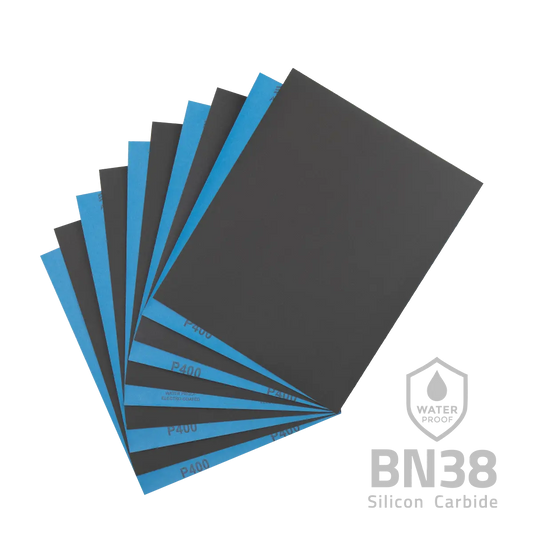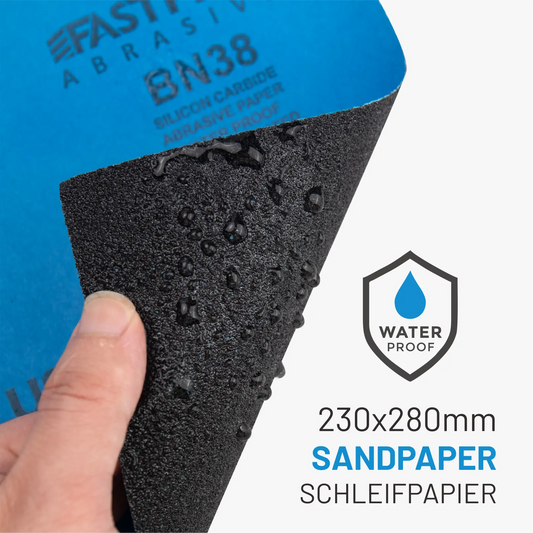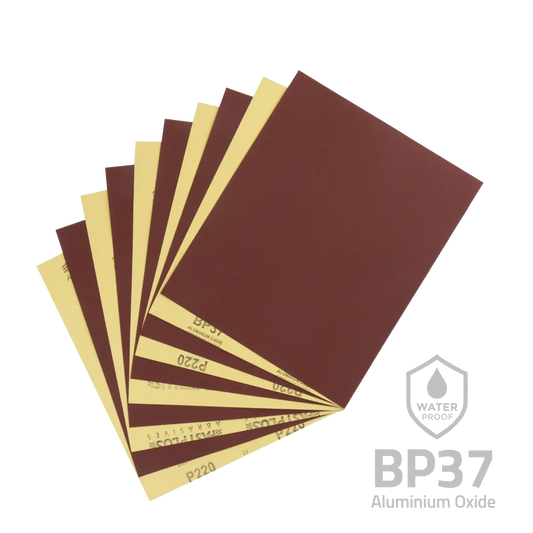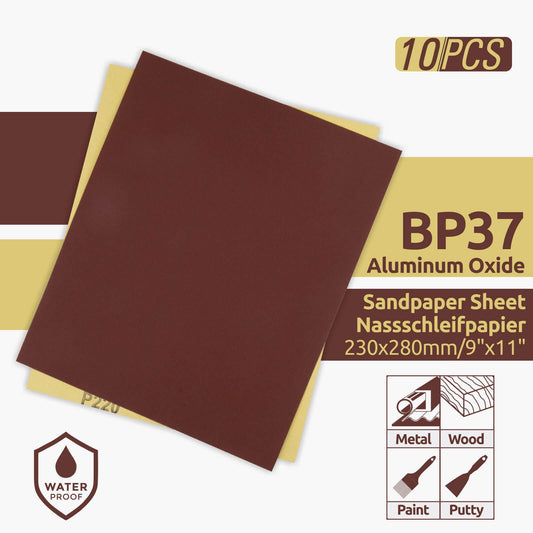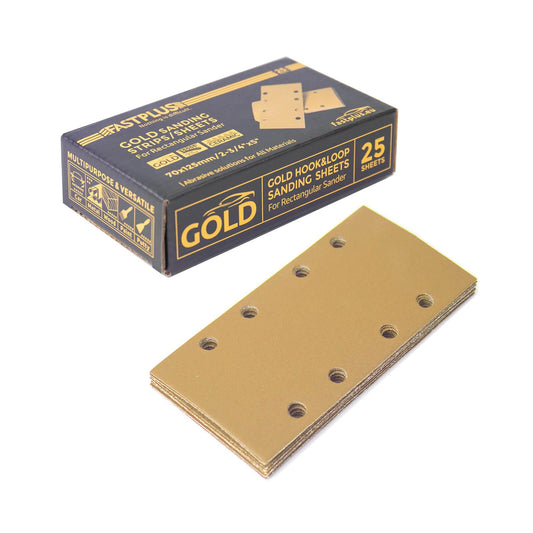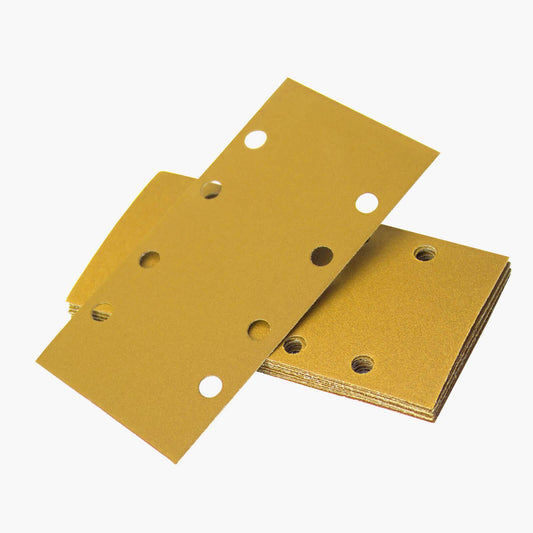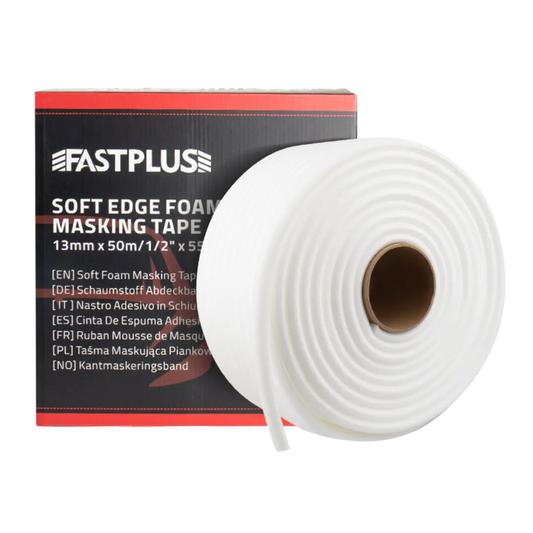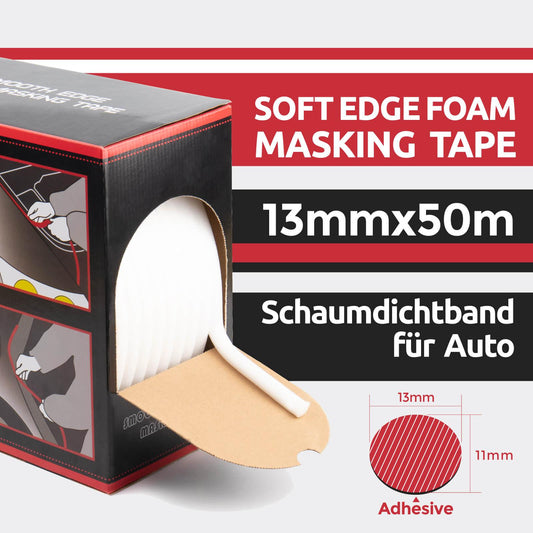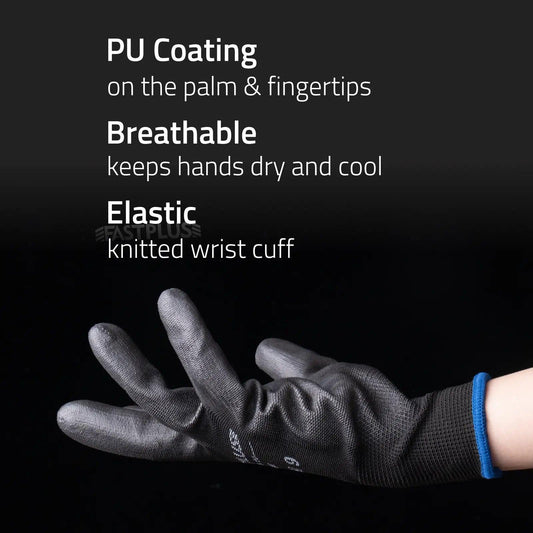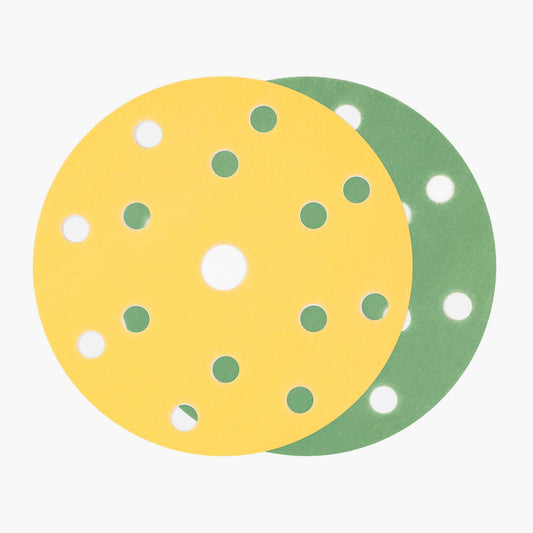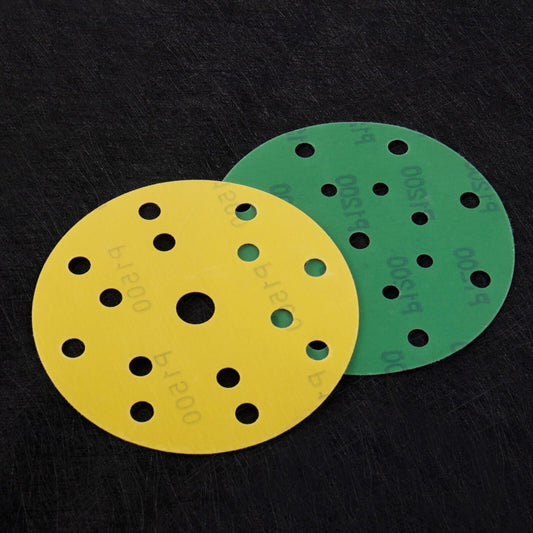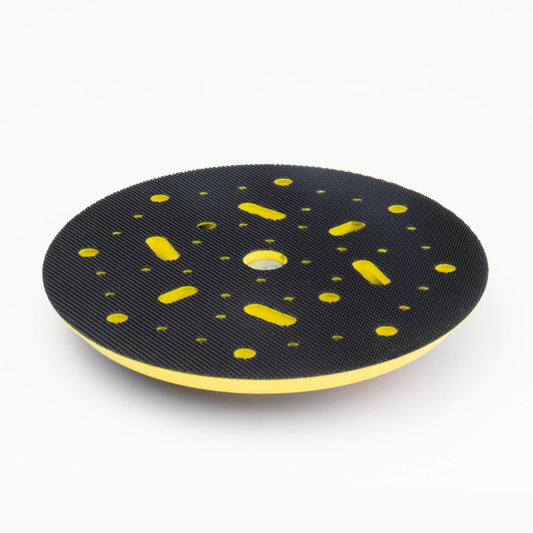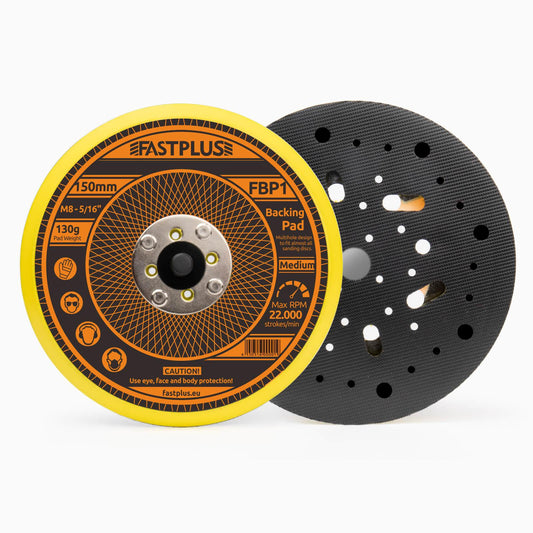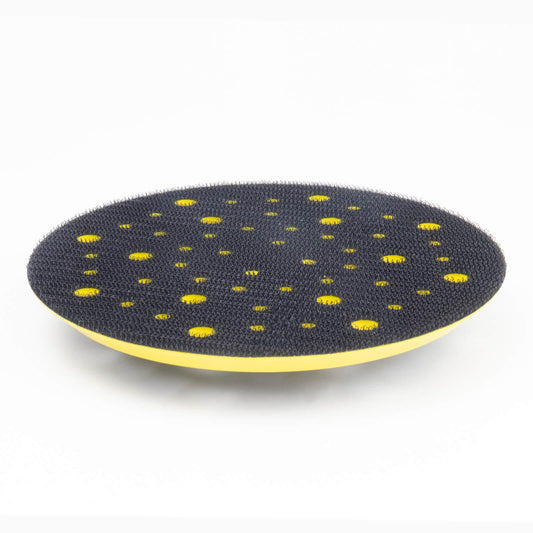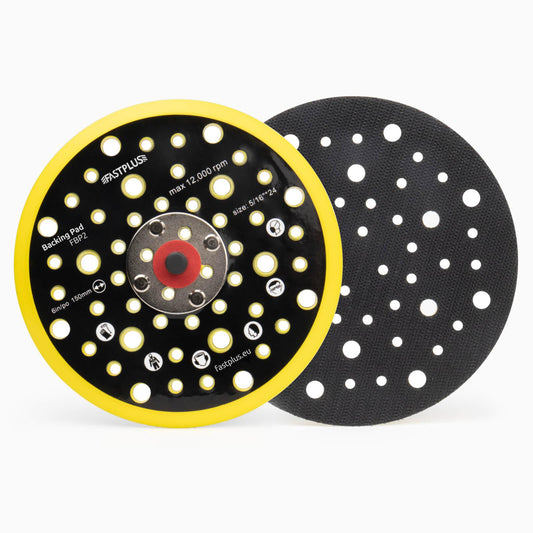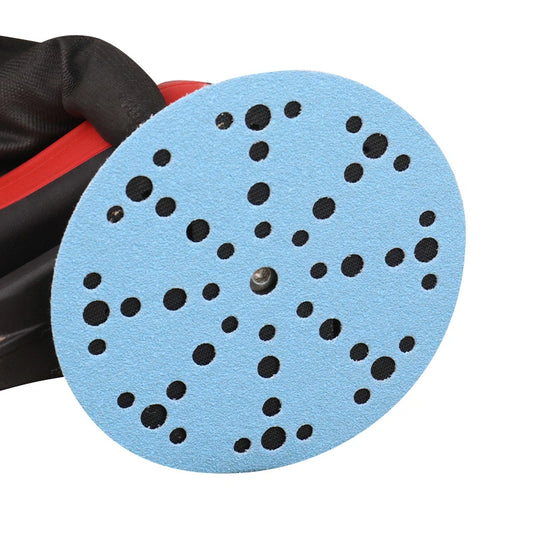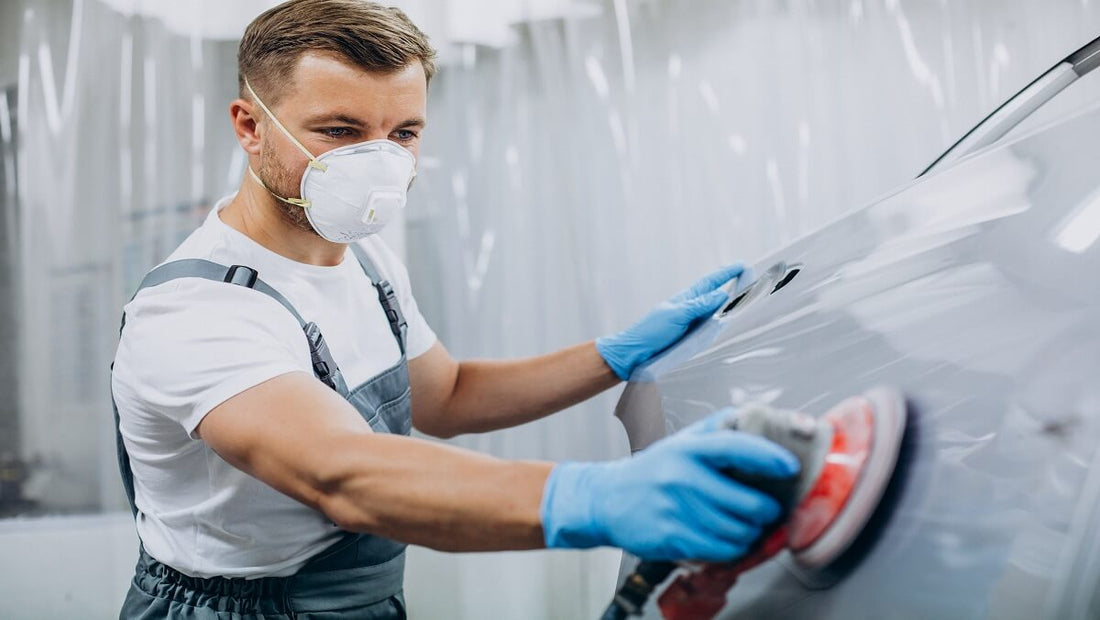
Solvent Pops in Car Paint: Why It Happens and How to Fix It
Maintaining the pristine appearance of our beloved cars is a source of pride for every automobile enthusiast. However, despite our best efforts, unsightly imperfections like solvent pops can mar the otherwise flawless paintwork. In this blog post, we will discuss the causes of solvent pops and how to repair damaged car paint with solvent pops.
What Are Solvent Pops?

Solvent pops, also known as solvent boils, are a common paint defect that occurs during the automotive painting process. They occur when small bubbles or pinholes form on the painted surface due to trapped solvents being released as the paint dries.
Solvent pops can be particularly problematic because they affect the smoothness and appearance of the paint, making it look uneven and unprofessional. These imperfections are often more visible on glossy finishes and dark-colored paints.
What Causes Solvent Pops?
Several factors can lead to the trapping of solvents and subsequently cause solvent pops:
- Improper surface preparation: Insufficient car surface sanding prior to painting may result in the presence of contaminants that entrap solvents. This can give rise to solvent pops since the solvents will be unable to evaporate effectively.
- Fast drying: If the drying process of the paint occurs rapidly, there might not be sufficient time for the solvents to properly evaporate, resulting in their confinement within the paint layer.
- Thick coats: Applying paint in excessively thick coats can hinder the evaporation of solvents, increasing the likelihood of solvent pops.
- Humidity and temperature: The drying process can be influenced by elevated humidity and temperature.
- Poor ventilation: Insufficient airing within the painting space may result in a decreased rate of solvent evaporation, thereby causing solvent pops.
- Inadequate flash time: The time between coats, known as the "flash time," is crucial for allowing solvents to evaporate before applying the next coat. Insufficient flash time can lead to trapped solvents.
- Spray gun pressure: Improperly adjusted spray gun pressure can affect the atomization of the paint, leading to inconsistent solvent distribution and potential solvent pops.
How to Step-by-Step Repair Solvent Pops in Car Paint?
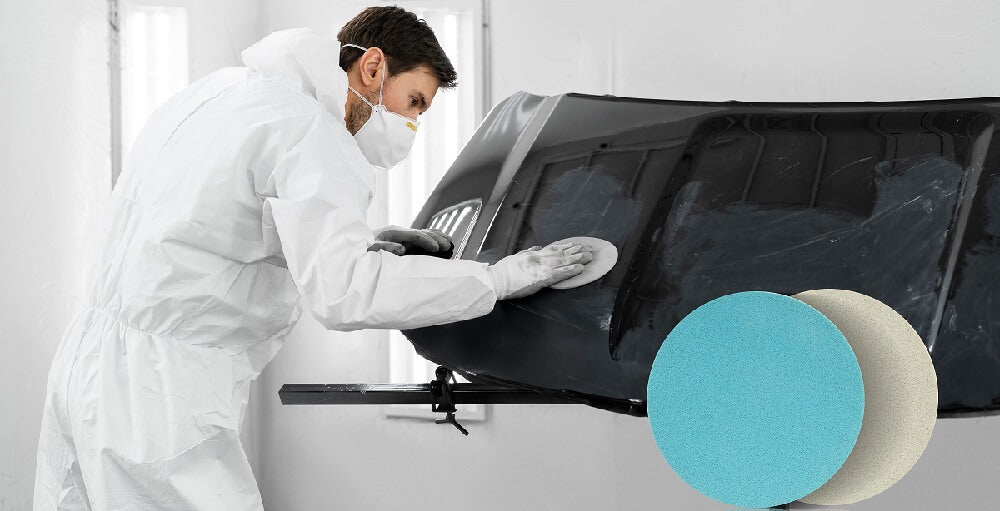
1. Identify the solvent pops
Solvent pops will appear as small bubbles or blisters on the paint surface. They can be found anywhere on the car, but they are most common in areas that have been recently repainted.
2. Wet sand the affected area
- Initiate the process of wet sanding with wet and dry sandpaper (800 grit) to eliminate the uppermost coat of paint, which encompasses any solvent pops and unevenness. Delicately sand the impacted regions in a circular manner, ensuring that the surface and sandpaper remain wet to prevent obstructions and prevent additional harm.
- Switch to a finer 1500-grit sandpaper. This intermediate grit will further smooth the surface and refine the repair. Continue the wet sanding process in the same circular motion, ensuring the surface and sandpaper remain wet throughout.
- To attain a smooth and shiny surface, progress to the even finer 2000-grit sandpaper. This step will ensure that the mended sections blend seamlessly with the surrounding paint, creating a polished look.
3. Inspect and repeat
After each sanding step, inspect the repaired areas to check for any remaining solvent pops or imperfections. If needed, repeat the wet sanding process with the appropriate grit of sandpaper until you achieve the desired level of smoothness and uniformity on the paint surface.
4. Polishing
Once the solvent pop areas are sanded down and smooth, use a rubbing or polishing compound and a dual-action orbital polisher (if available) to further refine the surface.
5. Making off the surrounding area
 With the car now clean and dry, it's time to protect the undamaged paint surrounding the solvent pop imperfections. Utilize automotive masking tape to create a boundary around each affected area. Be precise and careful to avoid overlapping onto undamaged paint. This step ensures that only the targeted areas will undergo repair, preserving the rest of the car's pristine finish.
With the car now clean and dry, it's time to protect the undamaged paint surrounding the solvent pop imperfections. Utilize automotive masking tape to create a boundary around each affected area. Be precise and careful to avoid overlapping onto undamaged paint. This step ensures that only the targeted areas will undergo repair, preserving the rest of the car's pristine finish.
6. Apply a primer
Put a layer of primer on the sanded surface. This will seal the surface and stop the solvent pop from happening again.
7. Apply the paint
Cover the sanded area with a layer of paint, making sure to meticulously adhere to the paint manufacturer's guidelines.
How to Prevent Solvent Pops?
- Sand and Smooth Surface: Before painting, make sure the surface is tidy, even, and clear of any impurities or debris that might disrupt the paint application.
- Proper Paint Mixing: Ensure that the automotive paint is mixed thoroughly according to the manufacturer's guidelines. Proper mixing helps to achieve a consistent viscosity and even distribution of solvents throughout the paint.
- Apply Thin Coats: Avoid using thick paint layers; instead, apply thin and even coats to help solvents evaporate faster while drying.
- Allow Adequate Flash Time: Allow enough time between coats for proper solvent evaporation. Follow the paint manufacturer's recommended flash time.
- Control Temperature and Humidity: Paint in a regulated setting with suitable temperature and humidity levels. Elevated temperatures and humidity can hinder solvent evaporation and raise the risk of solvent pops.
- Use the Right Spray Gun Pressure: Adjust the spray gun pressure correctly to achieve optimal atomization of the paint, preventing uneven solvent distribution.
- Avoid Overexertion of Heat: Exercise caution when employing heat lamps or other heat sources to speed up the drying process. Excessive heat can trap solvents and result in solvent pops.
Final Thoughts
Solvent pops can be frustrating during the automotive painting process, but they can be repaired with the right steps. By following the instructions in this blog post, you can restore your car's paintwork to its former glory.
Buy Fastplus Factory-Direct Abrasives
Want to purchase high-quality, factory-direct sanding discs, sanding sheet rolls, and film abrasive discs for automotive applications? Try Fastplus Abrasives today and place your orders online! 
